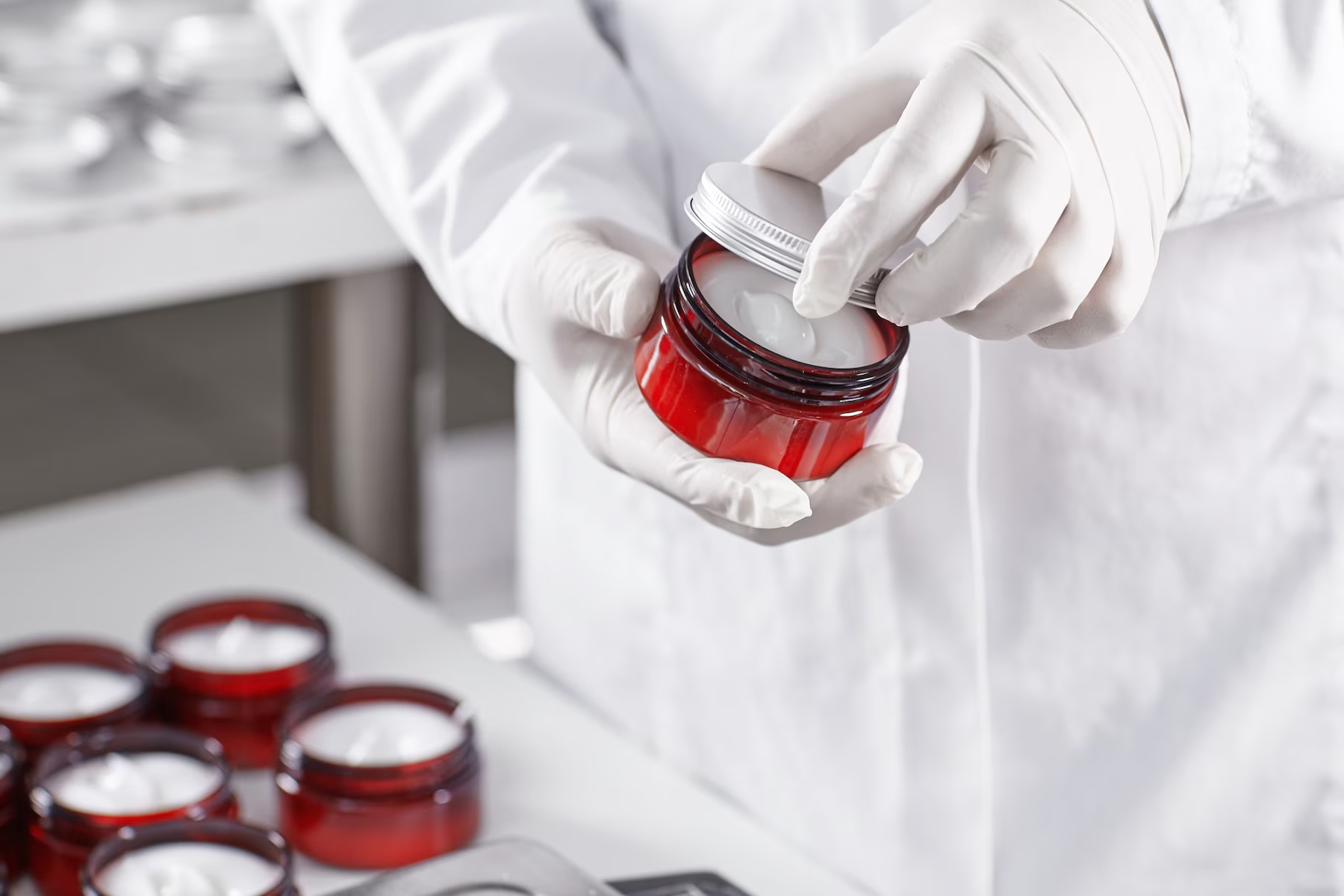
Skin pH-Balancing Cream Technologies: The Science of Healthy Care
A healthy skin surface maintains microflora balance and preserves the integrity of the epidermal barrier thanks to its mildly acidic pH value ranging from 4.7 to 5.5. Modern cream technologies are based on biomimetic formulation techniques aimed at providing moisturizing, repairing, and anti-aging benefits without disrupting this “acid mantle.”
- Skin pH Physiology and Barrier Function
The hydrolipid film, enriched with free fatty acids, lactic acid, and amino acids, ensures the ideal pH balance. When pH rises (>6), ceramide synthesis decreases, transepidermal water loss increases, and colonization by pathogens such as Staphylococcus aureus becomes easier.
- Factors Disrupting pH Balance
- Hard water and alkaline cleansers
- Frequent mechanical exfoliation
- UV radiation and air pollution (ozone, heavy metals)
- Long-term topical treatments containing corticosteroids
- pH Buffer Systems
Current moisturizer formulas use lactate/bicarbonate or citric acid/sodium citrate buffers to stabilize pH. These systems keep pH fluctuations under 0.2 units during consumer use, supporting barrier repair.
- Biomimetic Active Ingredients
Key components that maintain pH balance and strengthen the barrier:
- Ceramide NP, AP, EOP – Renew the lipid matrix.
- PCA and sodium lactate – Supplement natural moisturizing factors (NMF).
- Niacinamide (B3) – Stimulates ceramide synthesis and reduces redness.
- Ω‑6 fatty acids – Linoleic acid regulates barrier permeability.
- Formulation Strategies
The choice of emulsion type (O/W or W/O) should be based on skin type and intended application. Low HLB emulsifiers integrated with pH buffers provide stable, non-comedogenic structures. Triglyceride-based esters and hydrogenated lecithin stand out for their compatibility with stratum corneum lipids.
- Usage and Clinical Evaluation
Product efficacy should be validated with tape-stripping TEWL, corneometry, and skin-pH-meter analyses. For optimal results, the cream should be applied twice daily as a thin layer on cleansed skin.
pH-balanced cream technologies not only provide hydration but also strengthen the epidermal barrier, protecting dermatological health in the long term. This science-based formulation approach will continue to set sustainable and reliable skin care standards.